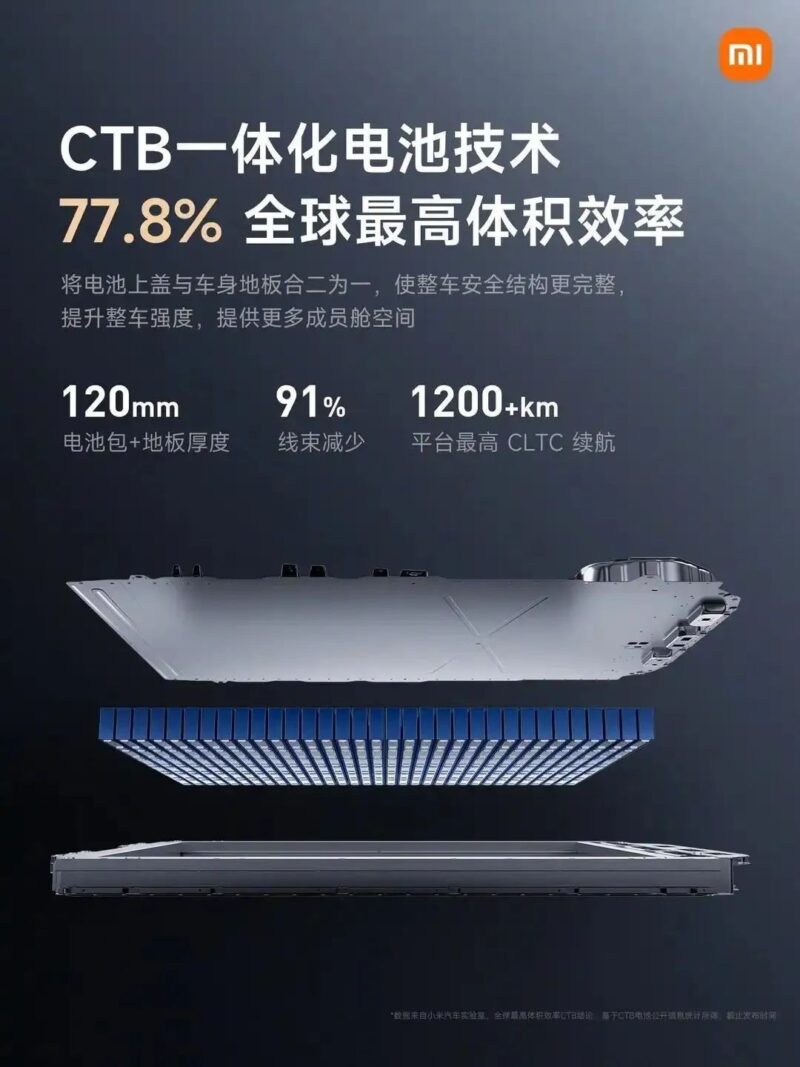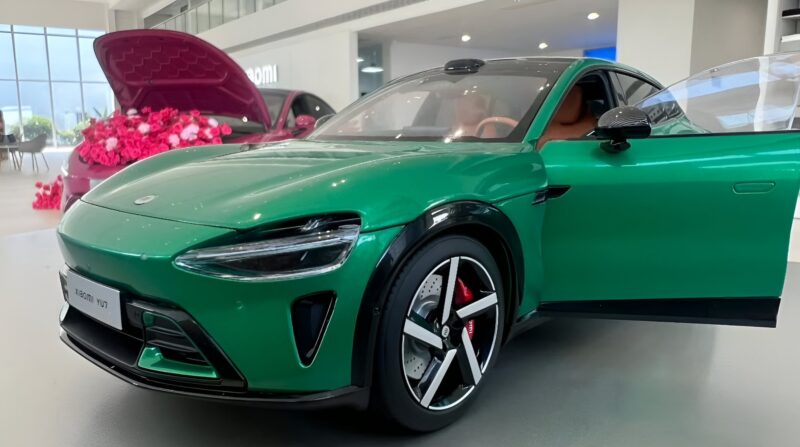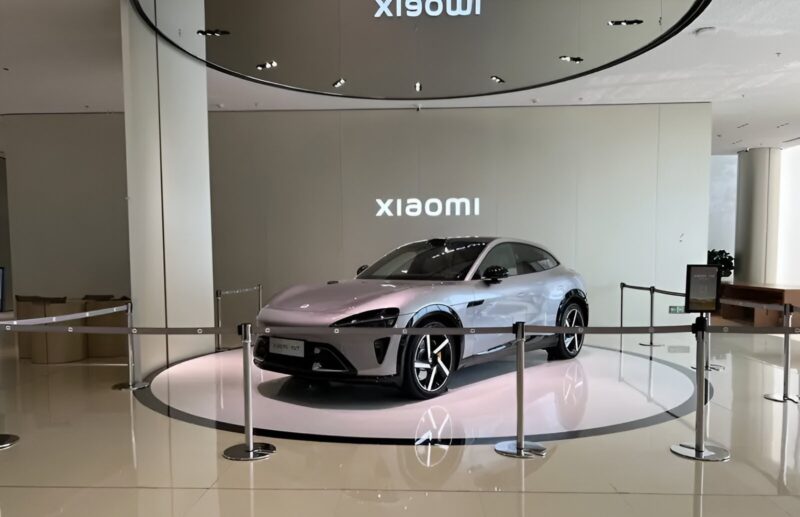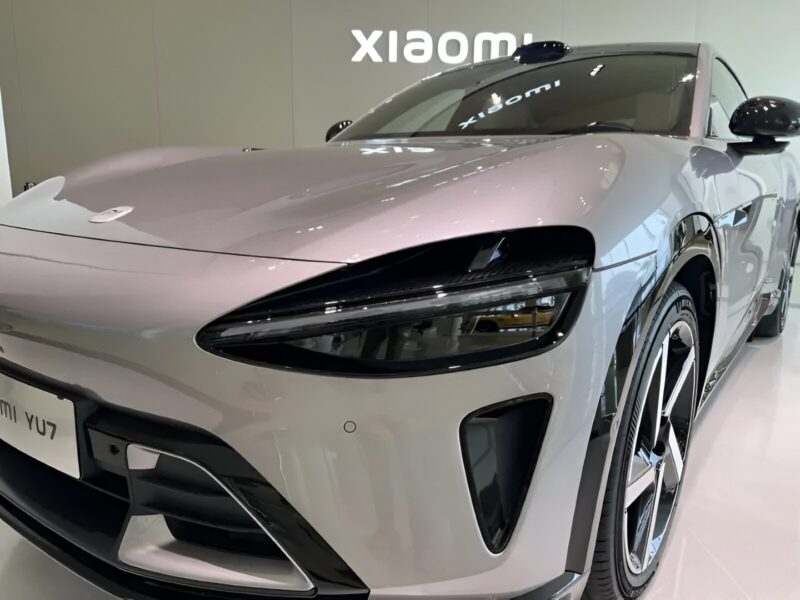Xiaomi joins solid-state battery race with new high-density electrode patent
Xiaomi has disclosed a new patent marking its entry into solid-state battery development. The patent describes a layered electrode structure that improves ionic conductivity and energy density—two critical barriers to commercialising this next-generation battery technology.

The core of the design integrates a current collector with multiple electrode material layers composed of active materials, conductive agents, binders, and a solid electrolyte made of polymers and metal salts. The electrolyte penetrates the electrode layer along its thickness, shortening ion transport paths and enhancing performance. Xiaomi also notes that this approach is compatible with existing lithium battery manufacturing lines, potentially easing future mass production.

Xiaomi claims its prototype supports a Cell-to-Body (CTB) design with a 77.8% volume efficiency. The battery pack, measuring only 120 mm in height, including the vehicle floor, offers better space utilisation and improved weight distribution. Claimed figures include a CLTC-rated range exceeding 1,200 km and a fast-charging capability of 800 km in 10 minutes.

This development aligns with a broader industry push toward solid-state batteries. Global players, including CATL, BYD, Toyota, SAIC, and BMW, are advancing similar technologies. BMW has begun road testing a prototype i7, while CATL and SAIC target small-scale production by 2027. Toyota also aims to launch its first solid-state battery models between 2027 and 2028.

Solid-state batteries replace the liquid electrolyte in conventional lithium-ion cells with solid materials, promising improvements in energy density, safety, and thermal stability. However, significant hurdles persist, such as limited ionic conductivity, interfacial contact issues, and lithium dendrite formation. Three types of solid electrolytes—sulfide, oxide, and polymer—are being explored, each with conductivity, stability, and manufacturability trade-offs.

Xiaomi’s patent indicates progress in addressing ion transport challenges within thick electrodes, a key bottleneck in fast-charging applications. Analysts suggest this could give Xiaomi a path toward integrating in-house solid-state batteries into future EVs, such as a successor to the SU7, reducing reliance on third-party suppliers like CATL and BYD.

While widespread adoption is unlikely before 2030, Xiaomi’s entry signals growing momentum. With increasing investment from automakers and battery firms, solid-state batteries are inching closer to commercial reality.



